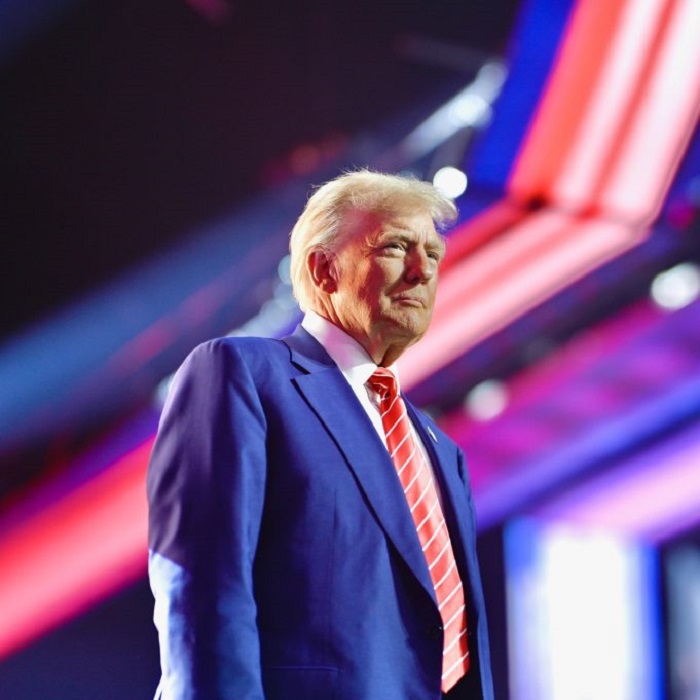In a bold and controversial move, President Donald Trump has ordered the reimposition of sweeping tariffs on dozens of U.S. trading partners. The decision, which marks a major escalation in his “America First” trade agenda, will officially take effect on August 7—giving the global markets just one week to brace for impact.
Unlike previous trade policies cloaked in diplomatic subtlety, Trump’s latest action is a bare-knuckle economic punch, designed to level what he describes as an unfair global playing field. While his administration delayed the tariffs by a week—a minor reprieve—the message remains clear: Trump is doubling down on a protectionist vision that he believes will revive U.S. manufacturing and strengthen American exports.
At the heart of this policy is a belief that the U.S. economy has long been exploited by unfair trade practices. In Trump’s words, the nation has “no chance of survival or success” without asserting its economic dominance. The new executive order hikes tariffs up to 41% on products from dozens of countries, a drastic increase that leaves many global trade relationships in limbo.
Yet, beneath the tough rhetoric lies a complex web of negotiations, delays, and legal battles. The initial idea for these tariffs was floated back in April, with a broad 10% minimum levy targeting almost all U.S. trade partners. But the rollout was postponed amid frenzied talks with key allies—and mounting pressure from industries fearing rising costs and inflation.
In a last-minute twist, Trump announced a 90-day delay on Mexican tariffs after discussions with Mexican President Claudia Sheinbaum. However, Canada wasn’t so lucky—facing a steep 35% tariff, despite no finalized trade deal with Washington. Goods protected under the North American trade agreement are temporarily exempt, but any attempts to reroute shipments to avoid duties will face even harsher penalties.
Perhaps the most striking omission from this tariff wave is China—for now. A separate deadline looms on August 12, when duties on Chinese goods could once again surge. While both nations agreed to reduce tariffs in May as part of a fragile truce, the future remains murky. Talks continue, but so do tensions.
Other countries—like Vietnam, Japan, Indonesia, the Philippines, South Korea, and the European Union—have managed to reach provisional deals with the U.S., sidestepping the worst of the tariff storm. The UK too found a workaround, even though it wasn’t initially targeted. Still, many of these deals are under close scrutiny and could unravel quickly under political or economic pressure.
Meanwhile, the legal fight is heating up. On the same day Trump made his latest announcement, the U.S. Court of Appeals began hearing challenges against his sweeping use of emergency economic powers to impose tariffs without congressional approval.
For American consumers and businesses, the uncertainty is growing. While the White House celebrates a surge in customs revenue, economists warn that higher prices may soon hit everyday goods, increasing inflation and squeezing household budgets.
This isn’t just an economic policy—it’s a high-stakes political statement. Whether it turns out to be a masterstroke or a misstep will depend on how global markets respond, how trade partners push back, and whether American workers and families truly benefit.
One thing is certain: the coming weeks will test the strength—and consequences—of Trump’s uncompromising approach to global trade.





